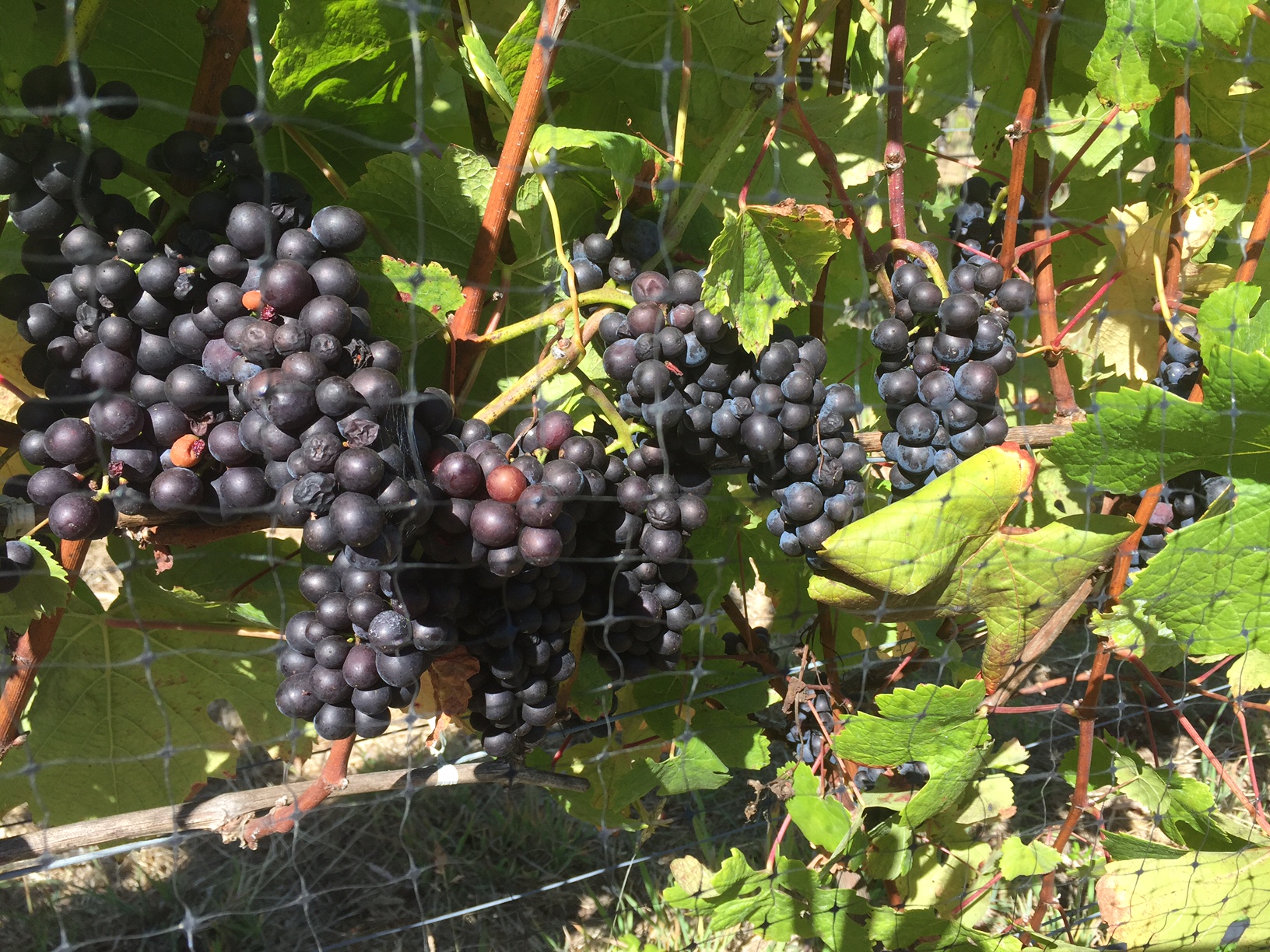A Note From Our ‘70s Rock & Romance Cruise Sponsor and Favorite Vintner, Ross Halleck

Ross will be back on board with us in 2018 hosting a spectacular wine tasting event.
2017 promises to be one of the most productive and highest quality crops of our short history. But the operative is promises.
There are perhaps 30 days before harvest, and the grapes are black. This means that they’ve completed verasion, or the change of color from green to pink to purple to black. They look luscious to us and a broad range of hungry critters. Consequently, we spend an enormous amount of time defending them.
We have deer fencing 7 feet high around the perimeter for, you guessed it, deer.
But raccoons easily scale a wire fence, so each row is encircled by electrical wire delivering 10,000 volts. We’ve lost two complete crops to raccoons prior to stumbling on this remedy. The pesky rascals sit in the vineyard, going up and down the rows in hordes, threatening pets and us. They are not afraid and represent fierce neighbors.
Electricity doesn’t stop swarms of tens of thousands of yellow jackets, however. They love sucking the juice from the grapes leaving hollow shells. For these, we have special Yellow Jacket traps.
Then there are birds: quail, starlings and turkeys. We thought bird netting would keep them all out, but we were wrong. It works great for starlings and quail. In the first years, we cloaked each row in bird netting, but the turkeys are waist high, the exact “fruiting zone” of the grape vines. They were able to walk up and down the rows and surgically pluck grape berries through the bird netting.
Once we figured this out (not without losing 15%-20% each year), we began fully tenting the vineyard: over the top and around all sides so the turkeys can’t walk between the rows. This makes it impossible for them to get the grapes, but also extremely difficult for people to work in the vineyard. Then last year we learned another hazard from this approach: if someone is working in the vineyard and forgets to close his entry spot, the quail will fill the vineyard through the opening, trapping themselves amidst an enormous bounty. That was an expensive lesson.
Then, of course, is unseasonal rain, which creates mold and fungus, an extended cold spell which can arrest ripening, or stuff we just don’t know yet.
We are in a dance with Mother Nature: she has big feet and always leads.
So this year looks very promising. We are not counting any clusters before they’re hatched. We’re hopeful and grateful, doing work we love and which brings joy.
We look forward to sharing it with you, once we’ve had a chance to catch our breath.
-Ross Halleck

